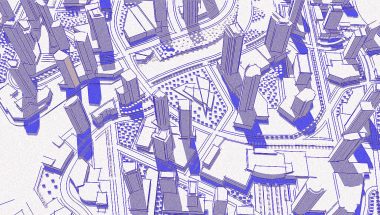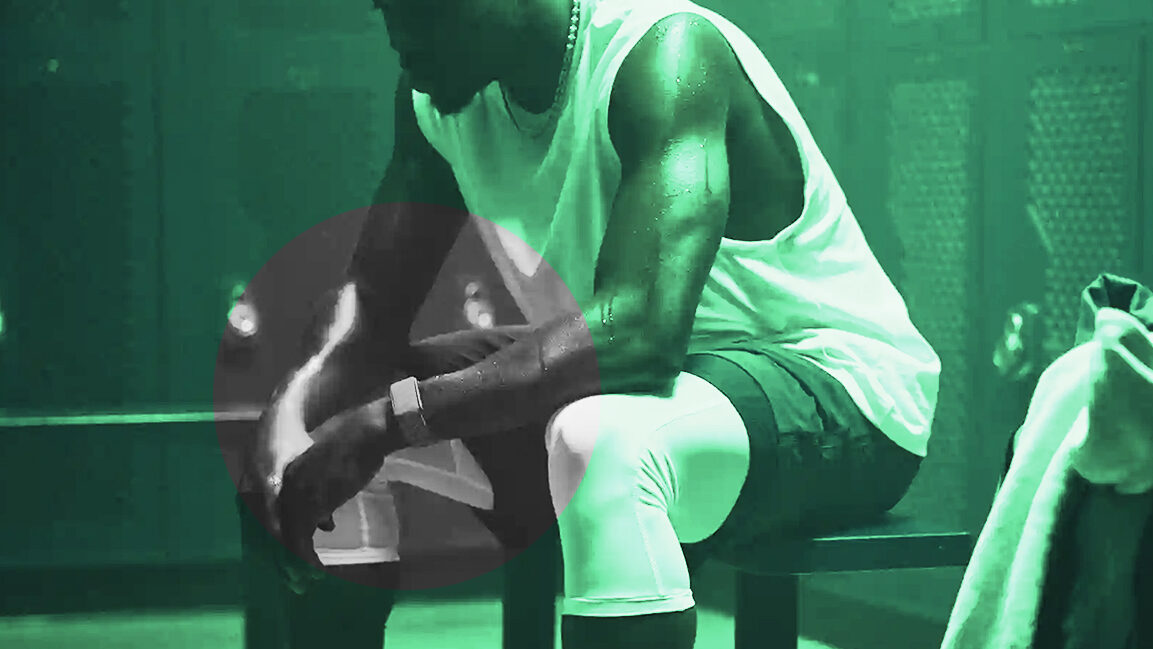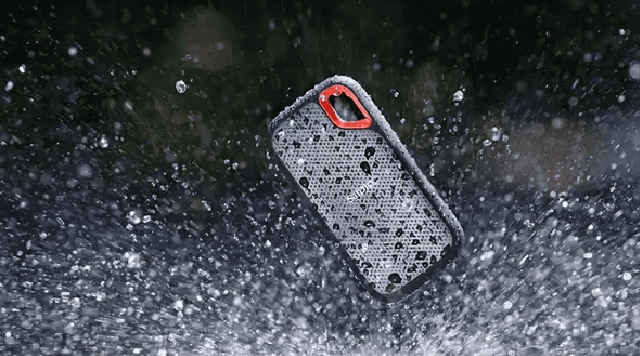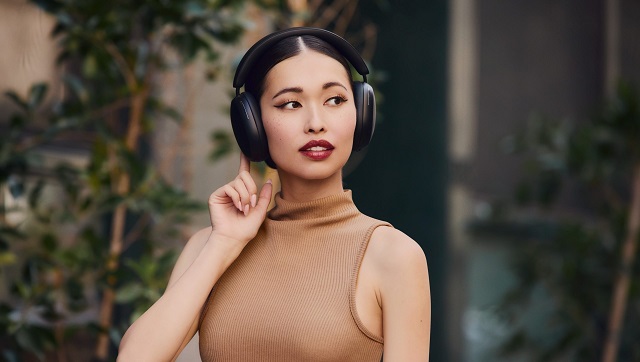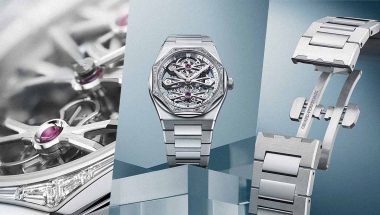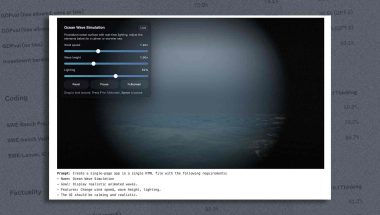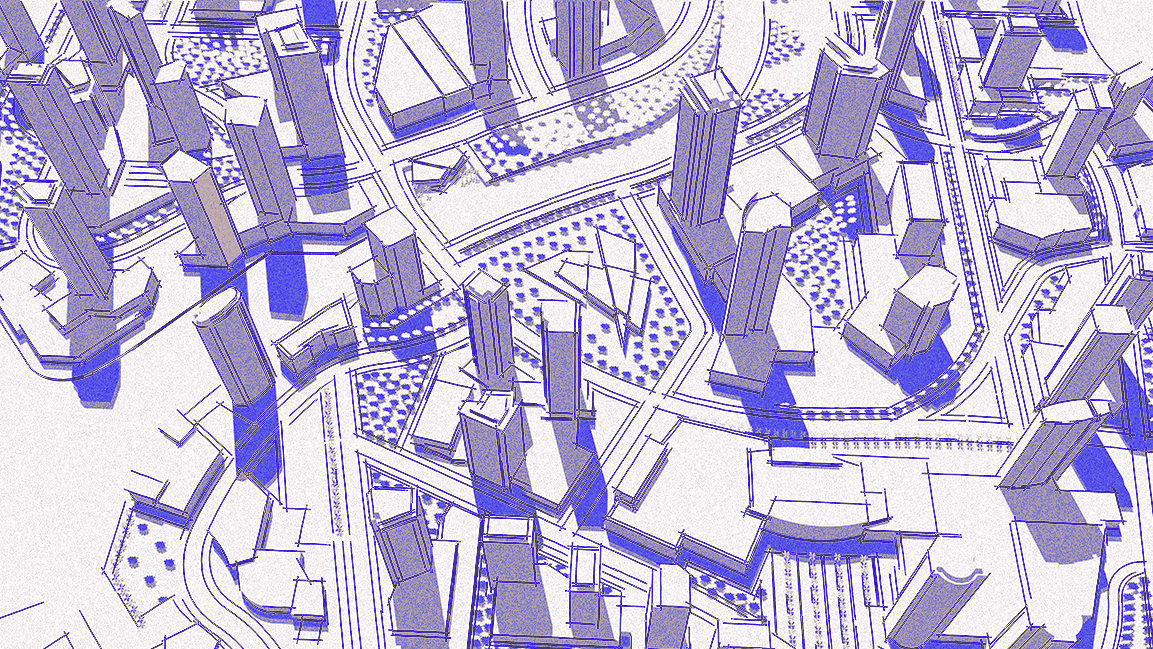- | 10:00 am
This sleep fitness company aims to turn rest into a high-performance system
The Eight Sleep Pod offers one of the most seamless and thoughtfully designed sleep experiences.
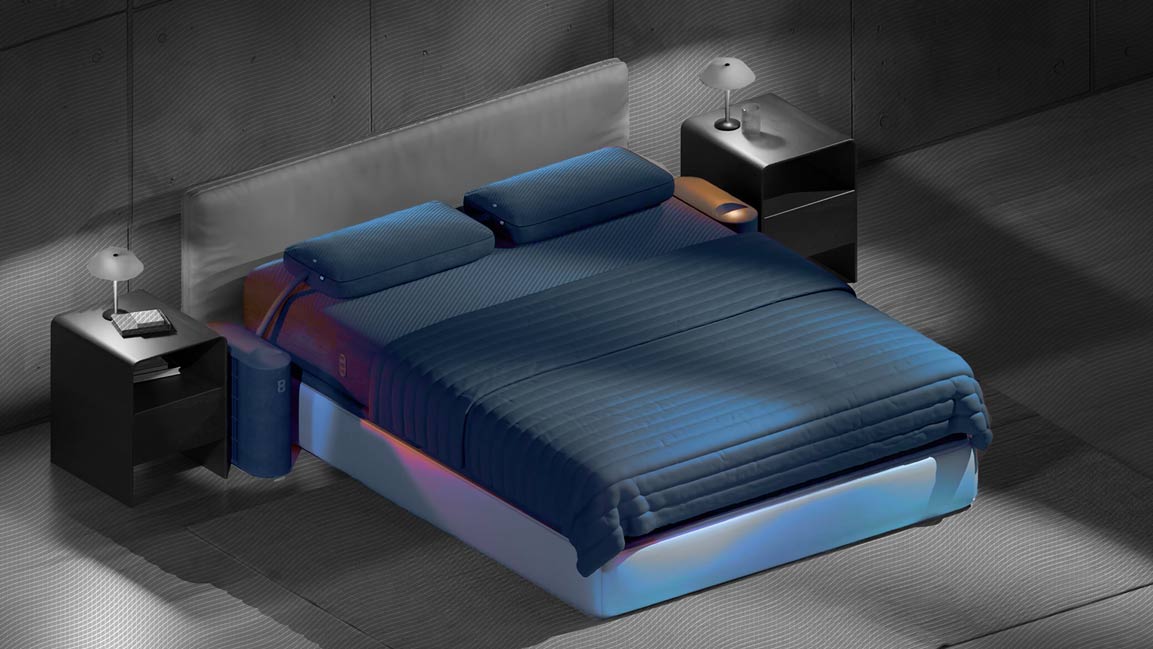
For decades, the sleep industry has promised comfort through memory foam, weighted blankets, and ergonomic pillows, but never control. Now, Eight Sleep, a New York–based startup, is transforming the bed from a piece of furniture into a precision-engineered performance device.
Its flagship product, the Eight Sleep Pod, has become a favorite among professional athletes, biohackers, and tech executives who believe the next great productivity upgrade isn’t another app—it’s better sleep.
HOW IT WORKS
At its core, the Eight Sleep Pod looks deceptively simple: a sleek mattress pad that fits over any mattress, connected via tubing to a compact black tower — the Hub, roughly the size and shape of a desktop computer tower. You fill the Hub with water, which circulates quietly through thin channels inside the mattress cover. The Pod uses this water to adjust the temperature of your bed, dynamically heating or cooling it as needed.
The app allows you to set and automate these temperatures, program gradual warming or cooling cycles, and even replace your morning alarm with gentle vibrations built into the mattress pad. While the Pod itself features physical touch controls, most users will rely on the app, which offers fine-grained customization and visual data on their nightly sleep metrics.
At the heart of this system is Autopilot, Eight Sleep’s AI-powered subscription platform, which costs $17 per month (required for the first year). Autopilot continuously monitors your sleep stages, body temperature, and heart rate, making micro-adjustments in real time to maintain optimal thermal conditions. It’s less about tracking and more about active environmental management, almost like cruise control for your sleep.
DESIGN FORWARD AND DATA DRIVEN
A deliberate focus on design backs Eight Sleep’s engineering. Setting up the system feels more like onboarding a new smart device than assembling bedding. The app provides a step-by-step guided walkthrough that pairs seamlessly with the Hub via Wi-Fi.
Despite the high-tech plumbing beneath, the Pod is surprisingly unobtrusive. The mattress pad doesn’t alter the feel of the bed, the tubing can be tucked out of sight, and the Hub, which is matte black, minimal, and whisper-quiet, blends easily into the room. Only a small indicator light and a low hum remind you that something is at work.
Each sleeper can control their side independently through the app, making it one of the most advanced dual-zone sleep systems on the market. For couples with mismatched temperature preferences, it’s a marriage saver.
THE SCIENCE OF SLEEP OPTIMIZATION
The Eight Sleep Pod is more than a smart thermostat for your bed. It’s a biometric platform powered by sensors embedded throughout the cover that monitor heart rate, respiratory rate, sleep stages, and movement.
Instead of using optical sensors like a smartwatch, the Pod employs ballistocardiography (BCG), a medical-grade method that detects micro body movements caused by heartbeats and breathing patterns. This data feeds into the company’s proprietary TempAI algorithm, which learns how your body behaves overnight and adapts temperature accordingly. The result is a feedback loop of real-time adjustment: your body cools down, the Pod warms up; you enter REM, it stabilizes; you wake early, it gently pre-heats your side to help you rise more naturally. It’s the kind of closed-loop intelligence usually reserved for sports science labs — now packaged into a piece of everyday furniture.
The company is guided by leading voices in medicine and neuroscience, including Dr. Peter Attia, physician, longevity expert, and author of the bestselling Outlive; Dr. Andrew Huberman, Stanford neuroscientist and host of the acclaimed Huberman Lab podcast; and Dr. Matthew Walker, UC Berkeley professor and author of the global bestseller Why We Sleep.
WHAT WORKS
If you ignore price, the Eight Sleep Pod is arguably one of the best-designed sleep systems. The user experience is fluid and polished as everything, from setup to daily interaction, feels well thought out. The app interface is intuitive, setup is guided and seamless, and temperature adjustments respond instantly.
The Hub emits a low, steady hum, but never distracts; the absence of flashing lights or cluttered design elements makes it a bedroom-friendly option. Both sides of the bed can operate independently, making it ideal for couples.
But like most bleeding-edge technology, innovation here comes with its own price, both literal and practical. The Pod 5 Core starts at just over $2,500, and ownership comes bundled with a mandatory Autopilot subscription ($17 a month for the first year). Cancel it later, and the Pod still works, but it loses much of its self-learning magic.
Other quirks remind you this isn’t a traditional mattress. The touch-sensitive controls built into the pad allow you to tweak the temperature without your phone, but they’re less reliable than the slick companion app. And because the Pod is a living system, not passive bedding, it requires some upkeep: refilling the Hub with water, occasionally adding hydrogen peroxide to keep the system clean, and replacing filters to prevent mineral buildup.
Still, for those who prize performance over simplicity, these compromises barely register. The Eight Sleep Pod isn’t for people chasing comfort; it’s for those chasing control. It is betting that the future of sleep and, by extension, wellness, will be personalized, measurable, and self-regulating.
So it’s no longer just about how long you sleep, but how intelligently your environment helps you do it.







